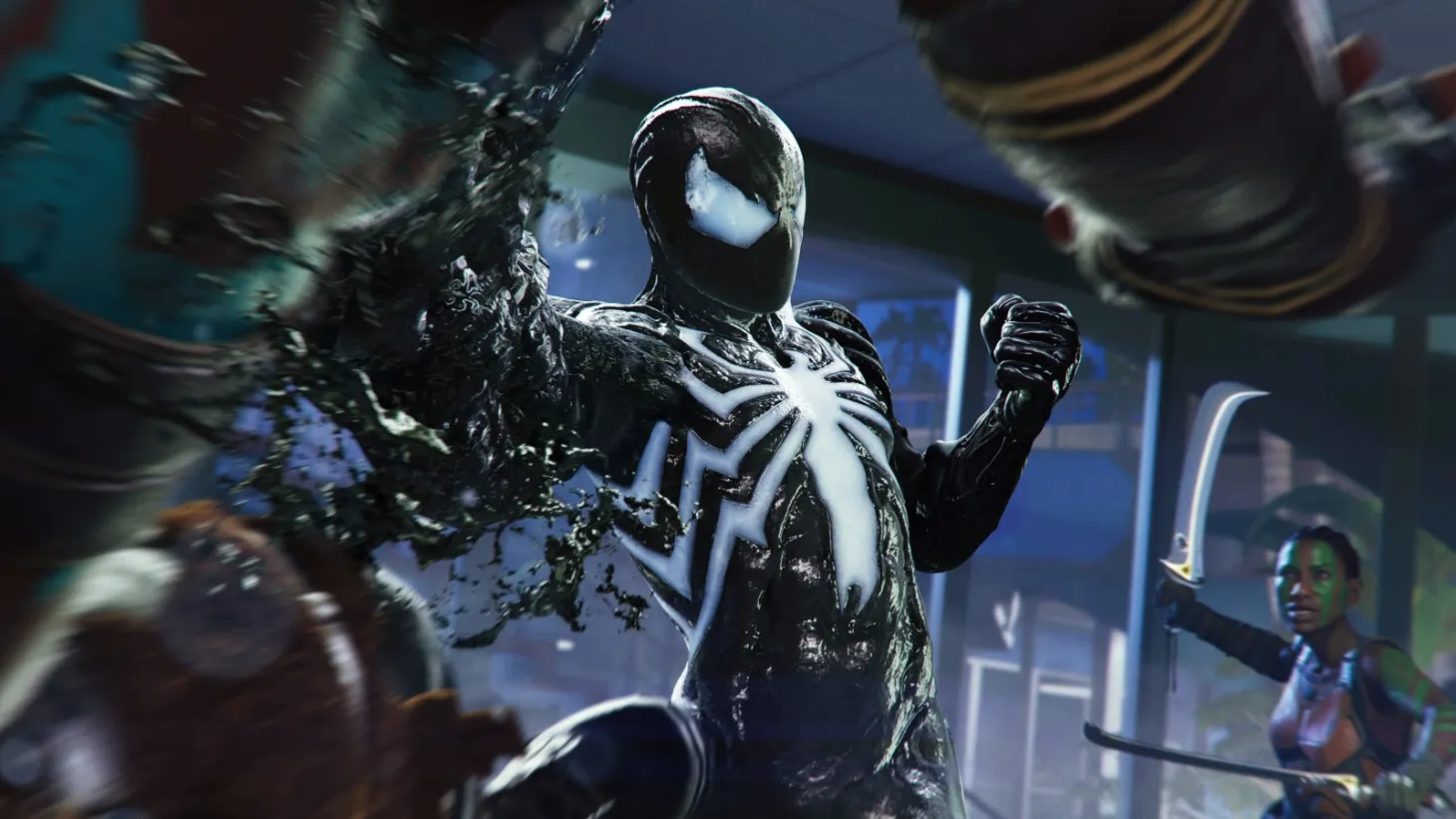A Familiar Swing
Sholars notes that Miles Morales carries the legacy of its predecessor, Marvel’s Spider-Man, released two years earlier. The game’s mechanics, open-world setting, and overall structure closely resemble its predecessor, prompting players to draw comparisons. However, Sholars emphasizes that it’s the differences that become pivotal in distinguishing Miles Morales.
Marvel’s Spider-Man: Miles Morales is presented as a shorter game in terms of size and scope compared to the original. Insomniac Games delivers a functionally identical New York City, with some newly added locations sewn into the fabric of the metropolis. Sholars acknowledges completing the game in under 20 hours, emphasizing its more narrowly-focused approach compared to the original.
Compact and Focused
Despite its shorter playtime, Miles Morales shines in its specificity, focusing on the small differences that make Miles a unique Spider-Man. Sholars appreciates the game’s emphasis on portraying how people experience the same city differently, offering a fresh perspective on the superhero’s journey.
The core gameplay heavily iterates on the original game, with players guiding Miles through an open-world New York City. The game retains the intuitive and joyous web-swinging mechanics, and the combat remains a mix of strategic planning and chaotic mid-fight adjustments. Miles’ new powers add a dose of stealth and risk-reward mechanics, providing a fresh twist to the familiar gameplay.

The Heart of the Hero
The review delves into Miles Morales’ character, highlighting his growth and struggles. The storyline, set a year after the first game, explores Miles’ superhero training alongside Peter Parker, bringing a sense of isolation as Peter goes on vacation, leaving Miles as the sole Spider-Man in New York City. Sholars praises the game’s intimate moments, especially those involving Miles, his mother Rio, and his best friend Ganke Lee.
At the start of the game, Miles and his mother, Rio, have moved into his abuela’s old apartment in Harlem to recover from their family’s tragic losses the year before. The game succeeds in portraying the dynamics of Miles’ makeshift family unit during a Christmas dinner scene, where players help Miles navigate family time and covert wall-crawling to restore power to their building.
Navigating the Social Web
One significant departure from the original game is the handling of police relationships. Sholars points out the game’s subtle shift in addressing the issue of policing, acknowledging the complexities surrounding Miles’ father, an officer. The introduction of the Friendly Neighborhood Spider-Man (FNSM) App provides an alternative to traditional police involvement, emphasizing community service.
Despite his father’s career as an officer in the PDNY, cops don’t play a major part in Miles’ life. The FNSM App, a mix between Nextdoor and Postmates, becomes a crucial element, allowing New Yorkers to share problems or crimes, and Spider-Miles swings by to help. Sholars notes that the game takes a different direction from the original’s approach to policing issues, showing an awareness of the contemporary socio-political landscape.
An Evolving Soundscape
The review highlights the game’s immersive soundtrack, referencing the adaptive orchestral score and its integration into the gameplay. Sholars praises the attention to detail, such as Miles’ voice lines recorded for different activities and the incorporation of sound effects into the controller.
The game, being a next-gen launch title, is purpose-driven to showcase graphical flourishes. Sholars played on a standard PS4 but acknowledges its status as a star of the PS5 launch lineup. The graphical enhancements, including missions during light snowfall or heavy blizzards, are commended for their smooth execution.
The Unexpected Acknowledgment
An unexpected and significant moment in the game is the acknowledgment of the Black Lives Matter (BLM) movement through a massive mural. Sholars commends the game for addressing real-world issues and celebrating Black Excellence, acknowledging the rarity of such inclusion in video games.
While superhero stories often struggle to portray issues beyond physical conflicts, Miles Morales takes a step to canonically acknowledge BLM, adding a layer of depth to the narrative. The mural, always present and impossible to miss, becomes a symbol of Miles’ struggle as a superhero in a city marked by both injustice and resilience.
A Wish for More
While lauding the game’s achievements, Sholars expresses a desire for more lowkey interactions to build a deeper connection with Harlem, Miles’ neighborhood. The review suggests that the game’s rush towards action setpieces leaves some narrative elements feeling underexplored.
Miles Morales’ Harlem is likened to the Yakuza franchise’s Kamurocho, with a wish for more lowkey interactions to build a better understanding and affection for the neighborhood. Sholars acknowledges that Insomniac’s Spider-Man may not be the street-level hero fans were hoping for but appreciates the attempt to explore the human side of the superhero.

Conclusion:
In conclusion, Marvel’s Spider-Man: Miles Morales is described as a beautiful game with a big heart, successfully capturing the essence of its titular hero. Sholars acknowledges its strengths in the smaller, more intimate moments but wishes for a more confident approach to maintaining this focus throughout the entire narrative.
